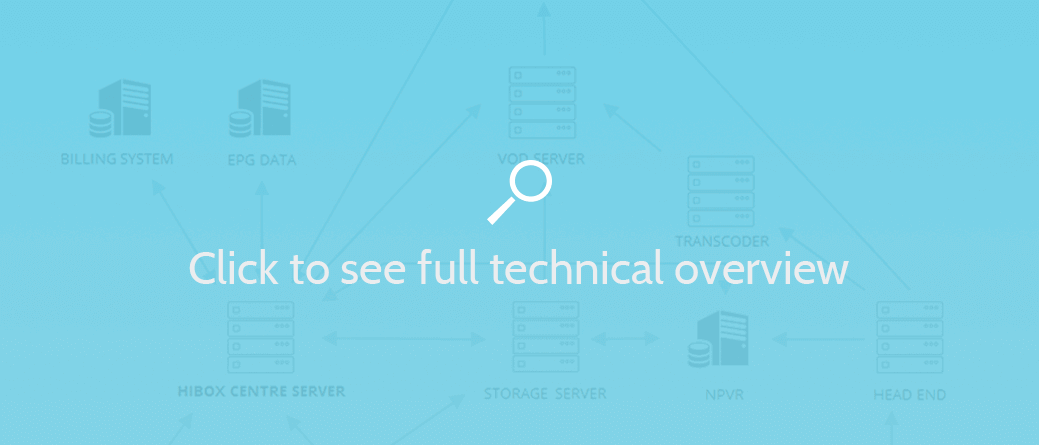
You’re a service provider, a cable operator, or a start-up ISP and you’ve just approved building a fiber optic network, FTTH or FTTP. Now your senior executives want a business plan for how to monetize the investment in fiber. Oh and they also asked to make sure your recommendation includes technology that future proofs the investment.
This blog is intended to give you a few ideas on how to initiate your monetization project where you will recommend a subscription based “value added service”. Networks around the world who have committed to fiber infrastructure have turned to IPTV and OTT as a service that can achieve a faster ROI, so let’s focus on that specific value-add.
Let me recommend against your initial tendency, which is to start researching technologies for building a turnkey IPTV system that includes a Head End, Digital Rights Management (DRM), Middleware, VOD streaming solutions, and your end user devices like Set Top Boxes and mobile solutions.
Start with the channel list
If you want a meaningful business plan with an accurate budget to present to your execs then start from the customer’s perspective and choose your content as a first step. The right content and marketing of the content will help you monetize your investment in a shorter time and with happy subscribers.
Determine your DRM
Once you have your content licenses, which can include a channel list and perhaps movies, then you’re ready for an efficient way to gather the other pieces of the turnkey IPTV platform. With a channel list, you’ll now know which DRM (often called the CAS) will be required and available as part of the solution as well as which Head End encoders and receivers will be required. And based on knowing those three items, you’ll also be able to narrow down the right middleware features to focus.
The key is the middleware
In fact, I would recommend that your next step after channel licensing is to choose the IPTV software platform. And even though the middleware will be the least expensive item in your budget, it will be the important communication traffic cop between all the hardware and devices in your network and the thing the customers actually see.
Plug and play Head End
Once you have your content and middleware chosen, the other elements of the total IPTV solution are quite modular. The Head End can consist of a variety of disparate vendor encoders and receivers. Based on the channel list, the encoders/receivers will need to be integrated so that you can monitor all boxes in the Head End from one remote location. The DRM you choose will probably be limited to 2 or 3 specific Conditional Access System providers, especially if you have a traditional channel list that includes children, adult, news, and sports type of programming. The DRM will be installed in conjunction with the Head End and the chosen middleware will also need to be compliant with the chosen DRM so that programs flow nicely in the network when requested by subscribers.
Options for Video On Demand
Now that you have an integrated Head End, DRM, and middleware, the next decisions are fairly straight forward. If you want to have services available to the customer like the ability to record programs either on the network or on the client device (nPVR or PVR), catch-up TV, or time-shifting. Then you’ll need an IP streaming server (often called VOD server) and the appropriate amount of storage. There are quite a few choices for VOD servers but I recommend choosing a carrier-grade solution that has integrated management software. For VOD servers, there are really only a limited number of good choices, and of course, your middleware will need to be compliant with the VOD server.
Choices regarding devices: STB’s, Mobile, PC’s
Your last few choices are interesting because they will be the part customers will see and touch. Today’s typical user wants to watch their programming on any device, anywhere, and at any time. Choosing the right STB for home TV watching should be a next-generation-type that is compliant with the chosen DRM and middleware, but also allows the video features that subscribers demand today. Oh, don’t forget, the STB needs to have such a small footprint in the home that it is virtually invisible. And if you choose to provide the ability to watch and schedule programs on mobile devices like smartphones and tablets, then you’ll need to transcode the signal to the various iOS and Android devices. This is also quite modular and transcoding is added to the Head End solution.
Make it work, Integration
The key to the whole project working seamlessly upon testing and deployment is a knowledgeable integrator. I’m not just talking about a guy that knows networks or knows software but an integrator that has deployed full turnkey IPTV systems before. There really is no substitute for the experiences of a cross-over type integrator, just like in that famous TV commercial about the value of some things ….”priceless”.
And Finally
To summarize, if you’ve been given the task of developing the budget and future-proof technology for a “turnkey IPTV/OTT” solution, then start your project from the customer’s point of view. Making choices based on what your customer will see and touch can guarantee a successful IPTV launch and give your executives an ROI that drives shareholder value.


